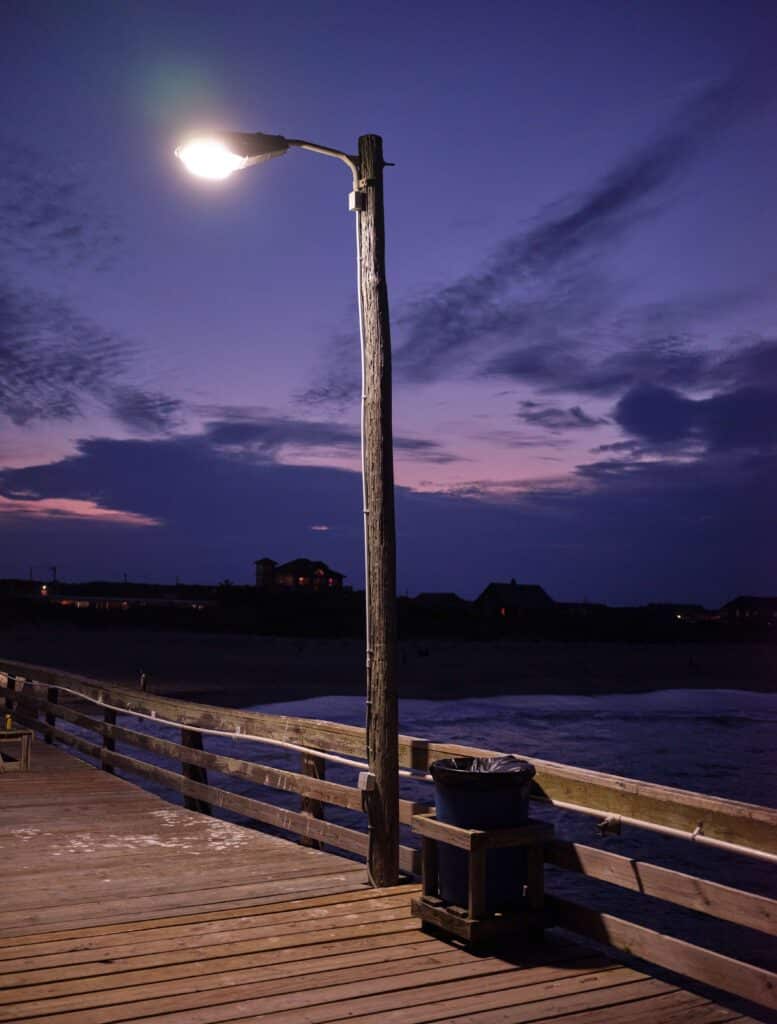Capturing the breathtaking beauty of landscapes through photography is a rewarding and awe-inspiring experience. Whether you are a seasoned enthusiast or a budding photographer, there is always room to improve and refine your skills. In this article, we present 15 landscape photography tips that are sure to help you elevate your craft and take your landscape photos to the next level. From mastering composition techniques to understanding lighting and post-processing, these tips will guide you in capturing stunning images that showcase the majesty of the natural world.
1. Plan and Research:
Before setting out to shoot landscapes, conduct thorough research about your location. Look for interesting viewpoints, the best time of day for lighting, and weather conditions that can enhance your images. Planning ahead will save time and increase your chances of capturing that perfect shot.
2. Use a Tripod:
A sturdy tripod is an essential tool for landscape photography. It keeps your camera steady, allowing for longer exposure times and sharper images. Invest in a quality tripod that suits your camera and shooting style.
I use the Peak Design Travel Tripod but just about any tripod will do.
3. Master Depth of Field:
Achieving the right depth of field is crucial in landscape photography. Use a small aperture (higher f-number) to get a larger depth of field, ensuring both foreground and background elements are in focus. Experiment with different apertures to understand their impact on the final image.
I actually really enjoy shooting with a narrow depth of field, even as wide as f/1.8. This along with leading lines help me direct the viewer to the subject in my images.

4. Include Foreground Interest:
To add depth and visual interest to your landscapes, include a compelling foreground element. This could be anything from rocks and flowers to leading lines that draw the viewer’s eye into the scene.
5. Compose with the Rule of Thirds:
The Rule of Thirds is a classic composition technique. Imagine breaking your frame into a 3×3 grid and place key elements along the lines or at their intersections. This creates a more balanced and visually pleasing composition.
6. Utilize Leading Lines:
Leading lines are powerful compositional tools that guide the viewer’s gaze through the image. They can be roads, rivers, or even a row of trees. These lines help draw attention to the focal point and create a sense of depth.

7. Wait for the Golden Hour:
The Golden Hour, which occurs during sunrise and sunset, offers magical lighting conditions for landscape photography. The soft, warm light adds a beautiful glow to your images and enhances the natural colors of the scenery.
8. Capture Motion with Long Exposure:
Experiment with long exposure techniques to capture the motion of flowing water, clouds, or other moving elements in your landscape. Using a slow shutter speed creates a dreamy and ethereal effect, adding a dynamic element to your photographs.
9. Use Filters Wisely:
Neutral Density (ND) filters and Circular Polarizers are essential accessories for landscape photographers. ND filters help control exposure and motion blur, while polarizers reduce glare and enhance colors.
10. Tell a Story:
A great landscape photograph can convey a story or evoke emotions. Look for scenes that tell a narrative or evoke a sense of wonder, and use composition and lighting to capture that essence.
11. Embrace Bad Weather:
Don’t shy away from shooting in less-than-ideal weather conditions. Stormy skies, fog, and rain can add drama and moodiness to your landscapes, resulting in unique and captivating images.
I love capturing city streets and lights at night after the rain. Creates such a unique vibe, especially if shot with a Fujifilm camera. I’m completely obsessed with the look of Fujifilm’s colors!
12. Post-Processing with Care:
While post-processing can enhance your images, avoid over-editing. Aim for a natural and realistic look that preserves the authenticity of the landscape you captured.
I like using Lightroom for my photos. Most of the time, I’ll even start with Auto edit. Then reduce the shadows and highlights as needed so it does not look too fake.
13. Understand the Histogram:
The histogram is a graphical representation of the exposure levels in your image. Learn to read histograms to ensure you have a well-exposed image with a good balance of shadows and highlights.
14. Mind the Horizon:
Keep your horizons straight, unless you have a specific creative reason for tilting the frame. A crooked horizon can distract from an otherwise outstanding shot.
15. Practice, Learn, and Be Patient:
Landscape photography takes time to master. Keep practicing, learning from your mistakes, and being patient. Embrace the journey and enjoy the process of capturing nature’s beauty.

Wrapping Up
Landscape photography is a captivating art that allows us to connect with nature and share its wonders with the world. By applying the 15 landscape photography tips shared in this article, you can enhance your skills and create images that leave a lasting impression on viewers. Remember that practice, patience, and a keen eye for detail are key to improving your photography. Embrace the journey of continuous learning, and don’t be afraid to experiment and push the boundaries of your creativity. As you explore the vast landscapes around you, remember to cherish every moment and capture the beauty that surrounds us. So, grab your camera, venture into the great outdoors, and let your passion for landscape photography flourish!